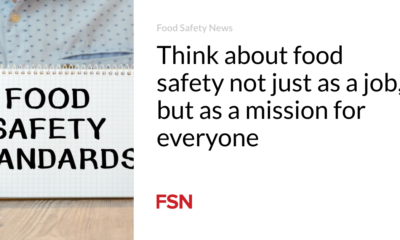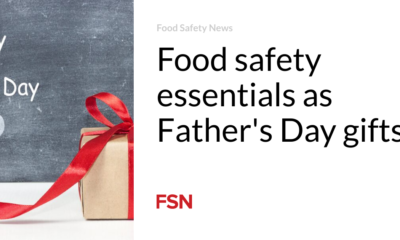Business
Food price increases are returning to normal, Kantar says

Kantar research shows that food price increases are returning to more normal rates, with food price inflation falling to 2.4%, the lowest level since October 2021.
Despite this relaxation, shoppers continue to prefer cheaper own-brand items, suggesting that the habits established during the cost-of-living period are here to stay.
The findings come ahead of official inflation figures due on Wednesday, which are expected to show a significant fall in headline inflation. This has raised expectations that the Bank of England will cut interest rates this summer.
Fraser McKevitt, head of retail and consumer insights at Kantar, noted that 3% inflation tends to trigger marked changes in consumer behavior. However, after nearly two and a half years of rapidly rising prices, it may take longer for shoppers to return to previous spending habits. Own-brand lines remain resilient, growing faster than branded items and accounting for more than half (52%) of total spend. The premium range under own brands also increased by 9.9% compared to a year earlier.
Kantar also expects summer sporting events such as the Euro 2024 men’s football tournament and the Olympic Games to boost sales, especially of alcoholic drinks. For example, sales of take-home beer peaked during England’s quarter-final against France at the 2022 Men’s World Cup, marking the highest daily revenue of the year outside of Christmas.
Overall inflation reached 11.1% at the end of 2022, while prices for food and non-alcoholic drinks rose by almost 20% last year, the highest since the 1970s. In response, the Bank of England raised interest rates to 5.25%, the highest level in 16 years, to curb inflation by making borrowing more expensive and encouraging saving.
As inflation continues to fall, the latest data shows a 3.2% rise in prices in the year to March. The coming figures are expected to show interest rates close to the Bank’s 2% target, fueling speculation about a possible rate cut.
In summary, while food price inflation is normalizing, the lasting impact of high prices continues to drive consumers to focus on cost-cutting measures. The potential for interest rate cuts by the Bank of England remains a topic of great interest as the economic landscape continues to evolve.













